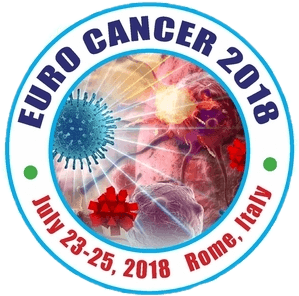
Christopher S Lange
SUNY Downstate Medical Center, Brooklyn, NY, USA
Title: Cancer stem cells in breast and gynecological cancers: How to individualize treatment based on the sensitivity of patient’s CSCs
Biography
Biography: Christopher S Lange
Abstract
A necessary and appropriate condition for cancer cure is the elimination of all of a patient’s cancer stem cells (CSCs). However, CSC identification has been problematic. Cell surface biomarkers have been claimed to select SCs and CSCs. But, only a tiny fraction of the selected cells are functionally SCs or CSCs. Hill, Kern and Shibata, show that, if based on such markers, the numbers are internally inconsistent, throwing the CSC hypothesis in doubt. Functional assays do not have this problem. Agar colonies from individual patient cervical cancers showed that inherent radiosensitivity (SF2) of the cells that formed colonies was the single most important factor correlating with clinical outcomes, but large error bars prevented accurate outcome predictions for individual patients. Our Hybrid Spheroid (HS) Assay (HSA) [US Patent No.: 8,936,938] solves this problem. HSs are composed of an initial known mixture of fibroblasts and tumor cells, forming an in vivo-like ex vivo system that provides a CSC niche. HS growth curves provide the CSC fraction, the SF for each tested agent, and clinical outcome predictions for solid tumors. The impact of our HSA is 3-fold: (1) In the cancer clinic, patients predicted to fail on the standard treatment and could be offered alternatives which are also based on the assay. (2) The selection and testing of potential new therapeutic agents in the pharmaceutical industry could use the HSA to determine which agents are valuable for further clinical testing, avoiding the considerable expenses of a negative clinical trial and considerably reducing the cost and time to bring successful agents into the clinic. (3) The HSA could also be used to determine if there is a subset of patients whose tumors are susceptible to the new modality, and hence these patients could be identified by the HSA to develop a battery of agents likely to be useful on select tumors in select patients. Each of these impacts is not currently available in the clinic or in the pharmaceutical industry. The clinical impact (1) alone should lead to major increases in cancer cure rates and the second and third impacts would magnify these increases.

